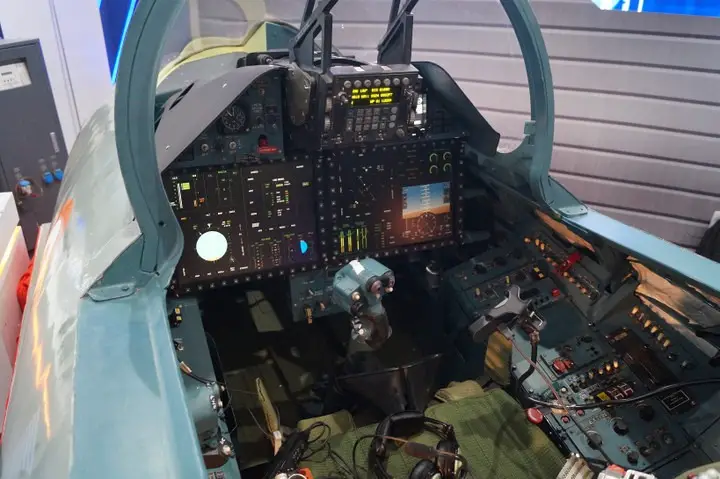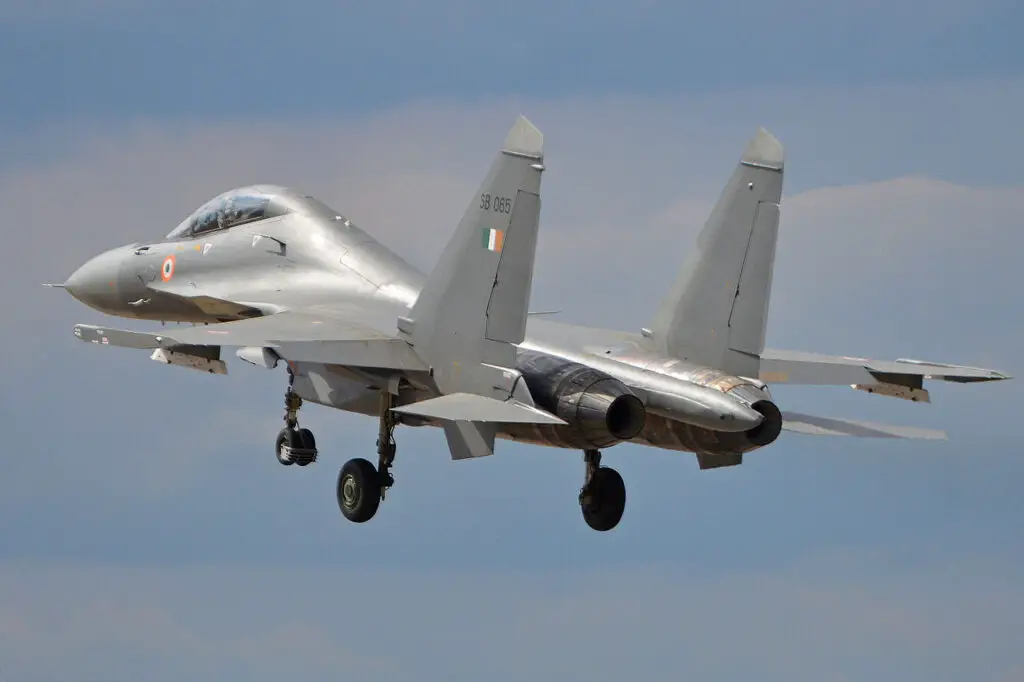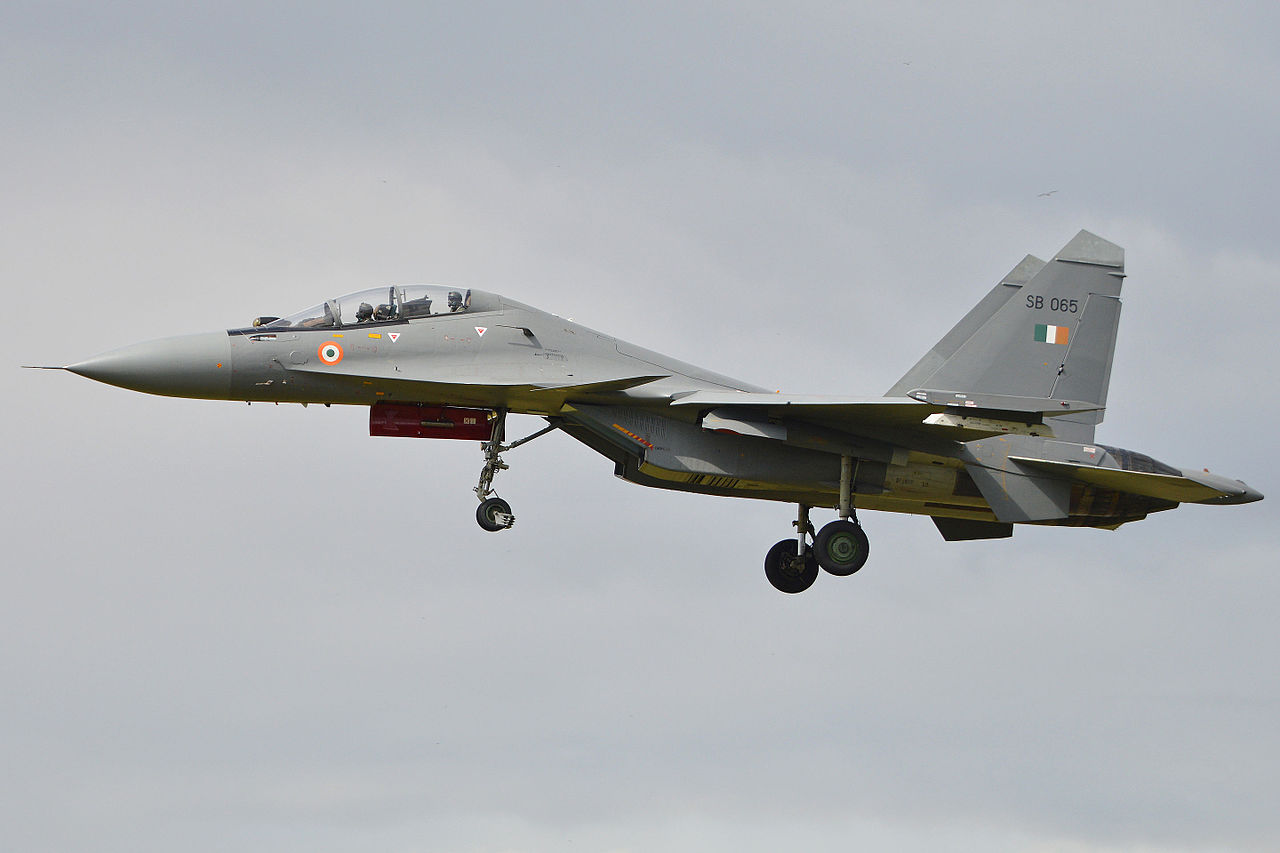The Defense Acquisition Council (DAC) approved the budget for the procurement of 12 new Su-30MKI heavy fighters, which will be manufactured under license by Hindustan Aeronautics Limited (HAL).
At least from mid-2020 the Indian Air Force (IAF) is seeking authorization to procure a dozen new Su-30MKIs to maintain the strength of its squadrons, and replenish attrition losses suffered since the model entered service, so this is good news.
It is also a long-awaited announcement by HAL, which built the last two examples in 2021 (out of a total of 222 locally built units) and this new workload will extend assembly line operations at its Nasik factory, which since then was being devoted almost exclusively to MiG and Sukhoi series aircraft overhaul and modernization. And this new order also benefits the broad supplier base developed by HAL of more than 2,000 micro, small and medium-sized enterprises (MSMEs) for the Sukhoi Su-30MKI license manufacturing project.
For now, no further details are known about the new aircrafts. Whether they will be the “base” version currently operated by the IAF, or the Super Su-30MKI, HAL’s proposal for a thorough mid-life modernization of these aircraft, which are the Air Force’s main defensive and deterrent element.

Proposed Super Su-30MKI
This is an in-depth modernization being developed by HAL for India’s Sukhoi Su-30MKI fleet, which would integrate a large amount of indigenously developed equipment. The core elements of the plan are:
- Replacement of the AL-31FP engines, with the more modern and powerful Saturn AL-41F1S (the same ones that equip the mighty Sukhoi Su-35);
- Replacement of the Russian Bars radar type PESA, by an enlarged version of the Indian designed AESA radar called Uttam, which is being developed for the Tejas Mk2 (and last batches of the Tejas Mk1A);
- New locally developed infrared search and targeting system (IRST);
- New Indian defensive and electronic warfare systems;
- Glass Cockpit incorporating 2 large led touch screens (same configuration as Su-35 and Su-57);
- Incorporation of indigenously developed smart weapons;
- Possible work to reduce its forward radar signature (RCS);
- New indigenous mission computers.









